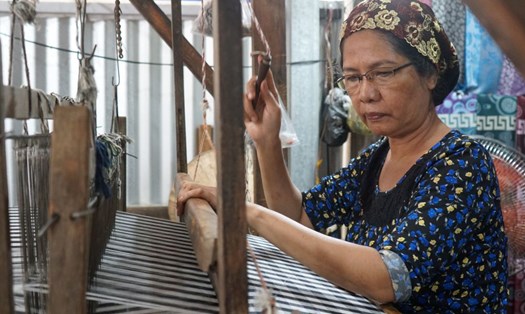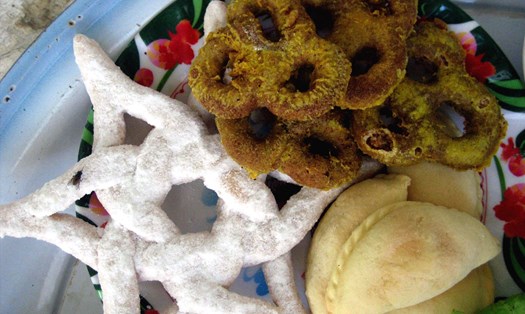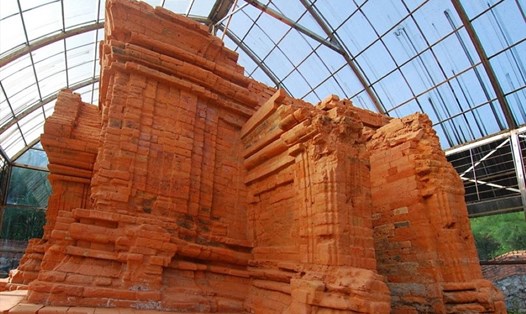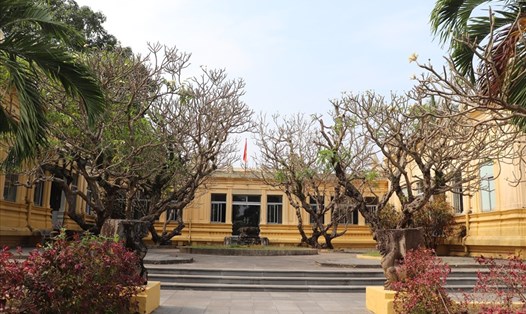EFEO Journey
Before the early years of the last century, people, even the most daring and greedy, did not dare to enter Khe The valley, at the foot of the Lord. They were afraid of the mysterious valley, with its strange stone statues; afraid of the magical stories about the ghost of Hoi; about the soul of the land owner with a grudge, hidden for thousands of years without fading away. For hundreds of years, the small village of My Son (Duy Xuyen, Quang Nam) nestled between the overlapping mountain ranges still spread rumors that flocks of golden chickens, pigs... of the Cham people often appeared and disappeared, appearing and disappearing, in the bushes, the fig bushes, changing and teasing. The people of this area called it Hoi gold, but still few dared to cross Khe The to excavate and search. Yet in the middle of a day of lightning and thunder, there was a group of people silently mingling in the darkness, clinging to the bushes, blades of grass, slowly walking, deep into the quiet valley.
It was a late autumn day in 1898. The group of people were scientists from the French School of the Far East (EFEO), led by the scholar C.Paris, on a survey and search for the Valley of the Gods of a nation that had a flourishing culture thousands of years ago. The Governor-General of Indochina at that time issued a decree, requiring all expeditionary soldiers, local people... who picked up stone statues and ancient artifacts to collect and gather in Da Nang (headquarters of the French School of the Far East) for preservation and research. This headquarters is now the Cham Museum, located on the Han River, Da Nang.
The discovery of My Son Sanctuary by C.Paris at that time was like a thunderclap in a clear sky, attracting the attention of archaeological scientists all over the world. Among them were two scientists, Henry Parmentier and C.Carpeaux, who continuously approached and researched My Son for many years after that (1901-1904). The research results were published in two works: Descriptive statistics of Champa monuments in An Nam (Inventaire descriptif des monuments Cam de L’ Annam) and Hindu architectural art… (L’art architectural Hindou l’inde et en Extreme Orient – 1948), which later became invaluable documents in the history of My Son research until today, especially when this relic is now just a ruin, crumbling among the rubble.
Hundred years to keep for a thousand years
In 2025, the Museum of Cham Sculpture - Da Nang turns 110 years old. The beginning of the work of preserving the treasures of our ancestors in the Central region was the French School of the Far East (L' Ecole Française d' Extreme Orient - EFEO), carried out in the process of researching the Champa culture in the Central region. From the awareness of respecting history, being grateful to our ancestors, the authorities of each period; many generations... have followed one another, preserving the museum in the best condition for the past decade. Visiting the Cham Museum, Embassy of the French Republic in Vietnam, Mr. Herve Bolot could not hide his emotion: "You in Vietnam have extremely unique cultural assets that cannot be found anywhere else in the world, such as the sculptures in this museum. We deeply respect the cultural values that history has left behind".
The Cham Museum is located next to the poetic Han River, a few dozen steps away. Before 1975, Da Nang people called it Maja Cham. After having time to come into contact with Indian culture, we learned that Maja is a Sanskrit word for evil spirits. Until the 80s and 90s of the 20th century, the Cham Museum was still a deserted cultural address, with few people passing by or visiting. During this time, only cultural researchers and journalists often dared to climb over the fence in the middle of the night to light candles and drink wine next to the statues. At these times, in the magical, creepy space from the small fire, drunk with wine, we thought that people from a thousand years ago had appeared, in Apsara dances. Those nights, Mr. T.P.K - a researcher passionate about Cham culture, often told old stories related to the statues of gods placed here and he always ended with a sentence, that is a nation with an artistic soul. Perhaps I have loved things about Cham culture since then.
He told about the history of Maja Cham. He said, by chance, in the late 19th century, French expeditionary soldiers, during their campaigns, often found meticulously carved stone statues of a strange culture scattered throughout the Central region. In particular, they had almost nothing to do with the worshiping customs and culture of the indigenous people. They picked up quite a lot, as a souvenir of the journey, rather than with the intention of collecting.
At that time, the French Consul of Quang Nam province, Charles Lemire, accidentally discovered this "hobby" and from 1891 and 1892, he requested respect, preservation and transfer of all artifacts collected from Tra Kieu and Khuong My villages (Quang Nam) to Tourane Park (today's Da Nang), which was later chosen to build the Museum. From the reports about a strange culture discovered in the Central region by the consul, the French School of the Far East (L' Ecole Française d' Extreme Orient - EFEO) quickly sent a working group to Tourane, led by director Henri Parmentier, to organize the research.
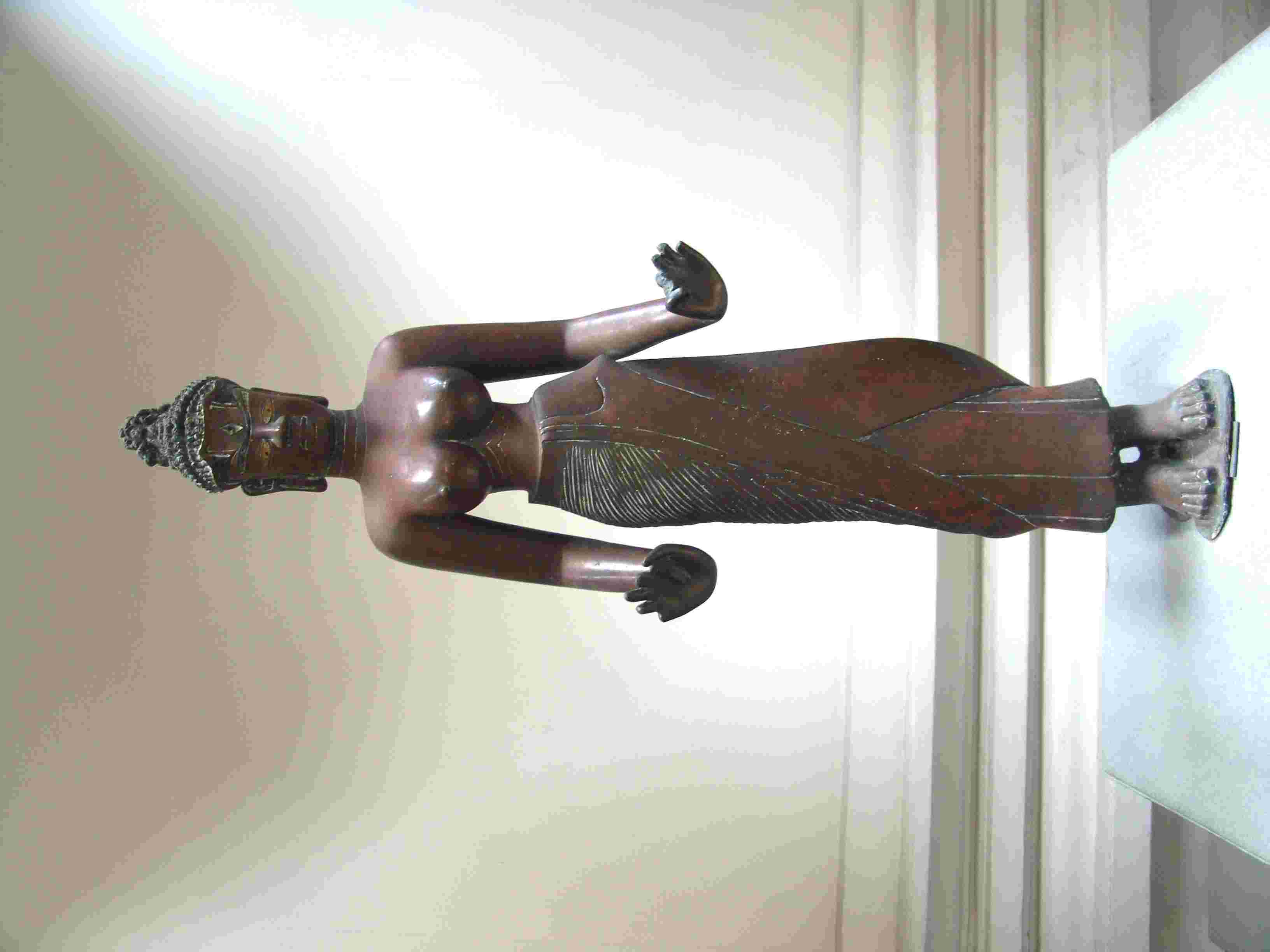
The number of Cham sculptures discovered in the Quang Nam region was so great that EFEO thought of building a museum to preserve them. From this idea, the Institute's headquarters was chosen as the foundation for the museum and the first building was built in 1915, to display the thousands of stone sculptures collected over the previous 20 years. This location, called "Tourane Park".
The building was built according to the design of two French architects, Delaval and Auclair, based on Parmentier's suggestion of using some lines of Cham architecture; and although it has undergone many expansions, the entire building and the original architectural style of the museum are still retained to this day.
The space of the museum building, nearly 1,000 square meters, has been arranged into exhibition areas, including the Tra Kieu Room, My Son Room, Dong Duong Room, Thap Mam Room and the Quang Nam, Quang Ngai, Binh Dinh, and Kon Tum corridors. In 2002, a 2-storey building was added to the back, adding more than 1,000 square meters to display artifacts collected after 1975.
Since 2005, a plan to upgrade the museum has been initiated. With the help of French experts from the FSP project, the My Son and Dong Duong rooms were renovated and inaugurated in 2009. By 2016, a comprehensive project invested by Da Nang city has comprehensively restored the buildings and adjusted and upgraded the galleries in an effort to create a connection between the museum buildings in an overall tour itinerary, including the main exhibition area of the Cham sculpture collections and thematic rooms on inscriptions, ceramics and music, festivals, and traditional crafts of the Cham people today. The space for performances and educational activities is located on the 2nd floor and the renovated service area is arranged in the garden.
In 2011, the Museum was ranked among the first-class museums in Vietnam, affirming the role and contributions of the Cham Sculpture Museum in the work of preserving and promoting cultural heritage values.
Historically, the peoples of the ancient Champa kingdoms in Central Vietnam left behind an extremely valuable artistic heritage, with a diverse system of brick temples and towers, and sculptures bearing Hindu-Buddhist influences.
With over 110 years of preserving and promoting cultural values, the Cham Museum is now considered the only museum of sculpture in the world, a precious heritage of the nation. At the Cham Museum, in recent years, the State has continuously recognized 9 artifacts including Tra Kieu Altar; My Son E1 Altar; Tara Bodhisattva Statue; Dong Duong Altar; Ganesha Statue; Gajasimha Statue; Apsara relief; Shiva Statue, Birth of Brahma relief.
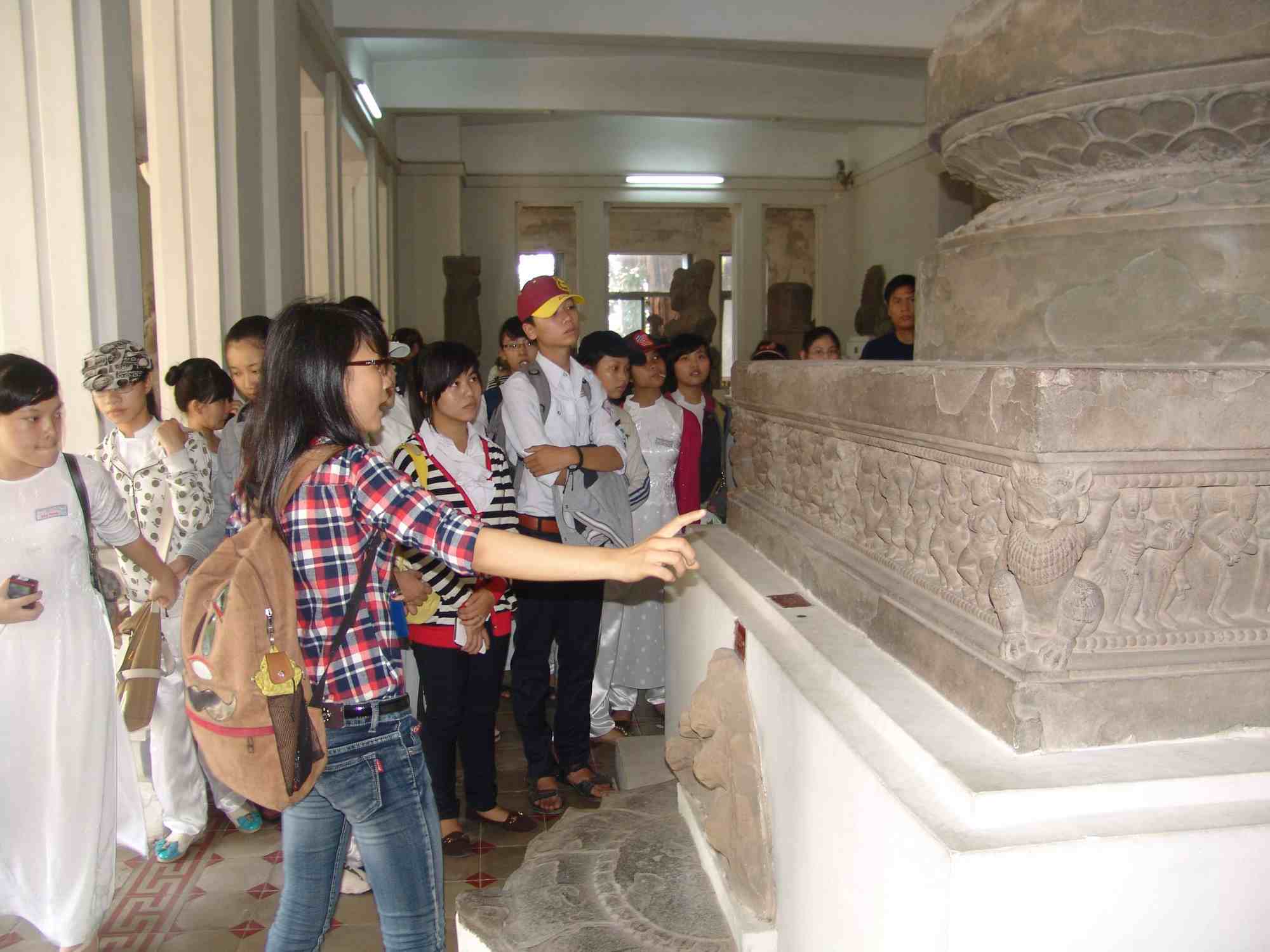
Inheriting the heritage values, successive generations have preserved intact the collections of artifacts and promoted those precious heritage values through collecting, displaying, introducing, and widely promoting to the culture-loving community in the country and the world. Major museums in the world regularly invite the Cham Museum to participate in displaying and introducing artifacts.
Typical examples include exhibition cooperation at the Ethnographic Museum of Vienna (Austria) and the Royal History Museum of Brussels (Belgium), with the name "Vietnam past and present"; at the Guimet Museum (Paris) with the theme "Vietnamese Art Treasures - Champa Sculpture" (2005-2006); with the Houston Museum - Texas and the Asia Society Museum - New York "Ancient Vietnamese Art - From the Delta to the Sea" (2009-2010). In particular, from 2014 to now, the Metropolitan Museum of Art, New York - USA has invited the Cham Museum to participate in displaying sculptures at exhibitions that bring together the most ancient civilizations of mankind, which no longer exist today.
(Article from the Central Highlands - Central Spring Labor publication 2025)

